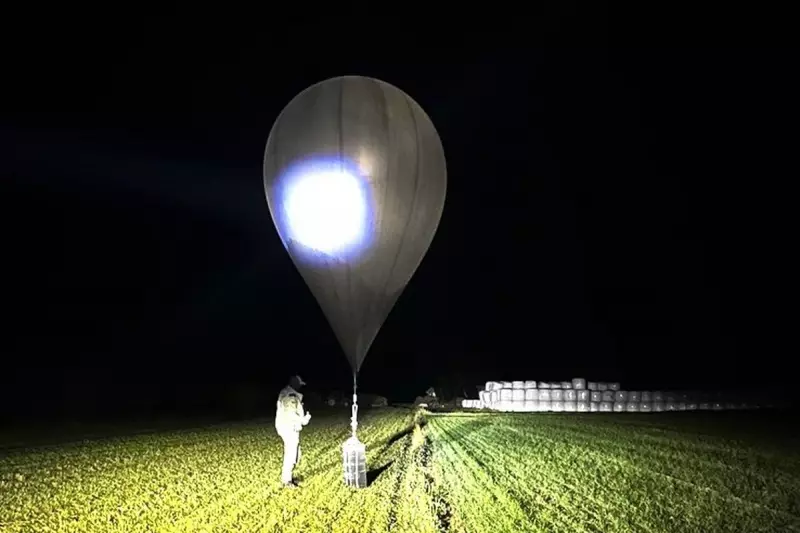
Vilnius Airport, Lithuania's primary international gateway, experienced unprecedented disruption this week as multiple stray balloons forced authorities to implement a temporary no-fly zone. The bizarre aerial incident caused significant flight delays and cancellations, leaving passengers stranded and raising serious questions about airspace security.
Unprecedented Airspace Intrusion
Air traffic controllers at Vilnius Airport faced a surreal scenario when unidentified balloons were detected drifting into controlled airspace. The delicate objects, floating at varying altitudes, posed a genuine threat to aircraft safety, prompting immediate action from aviation authorities.
"Even seemingly harmless objects can become dangerous projectiles when encountered at high speeds," explained an aviation safety expert. "The risk to aircraft engines and navigation systems is very real, making this a serious safety concern."
Passenger Chaos and Operational Challenges
The airport's operations team scrambled to manage the situation as incoming flights were diverted and departures were put on hold. The passenger terminals quickly filled with confused travellers, many of whom faced extended delays and last-minute accommodation changes.
Airport officials worked tirelessly to minimise disruption, implementing contingency plans and providing regular updates to affected passengers. Despite these efforts, the incident highlighted the vulnerability of modern air travel to unexpected aerial hazards.
Security Implications Investigated
While the initial assumption pointed toward weather balloons or escaped party decorations, security services have launched an investigation to determine the origin and purpose of the intruding objects. The incident comes amid increased global awareness of aerial threats, from drones to other unmanned aerial vehicles.
Aviation authorities are reviewing protocols for dealing with similar situations in the future, considering enhanced monitoring systems and faster response procedures for unidentified aerial objects.
Lessons for European Airports
This unusual event serves as a wake-up call for airports across Europe, demonstrating how even simple objects can disrupt critical infrastructure. Aviation experts suggest that other airports may need to reassess their preparedness for similar scenarios.
As airspace becomes increasingly crowded with both conventional aircraft and new types of aerial vehicles, the Vilnius incident underscores the need for comprehensive safety measures that account for all potential airborne hazards.





